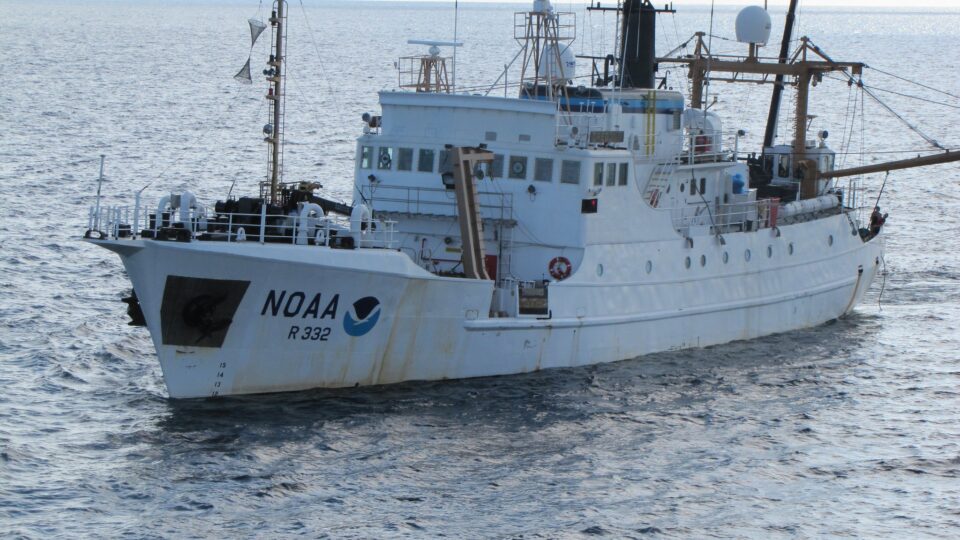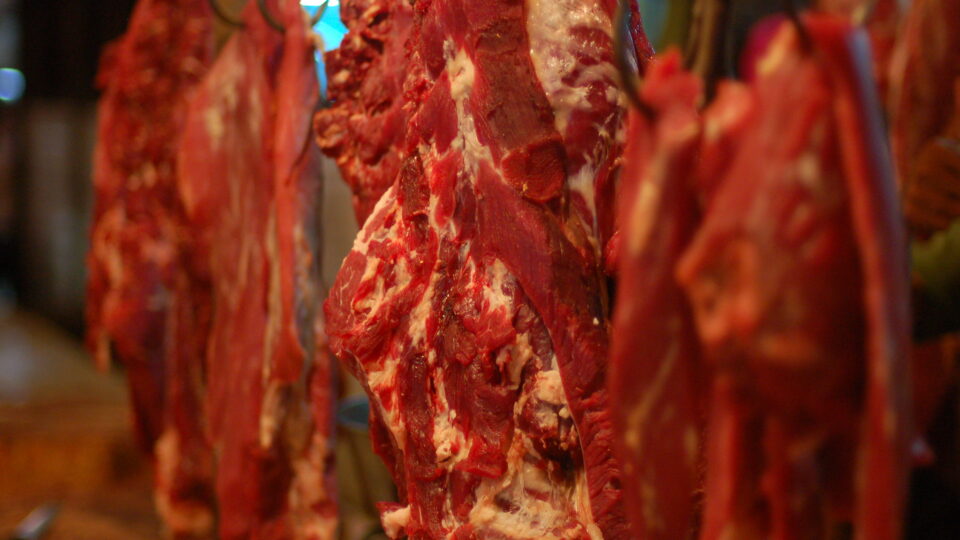Solar panels generally have a useful life of around 20 to 25 years. The great majority of deployed panels have been installed fairly recently, so they have a long way to go. But the growth in solar technology dates back to the 1990s, so there are growing number of panels that have already or are shortly coming to their end-of-life.
Today, roughly 90% of solar panels that have lost their efficiency due to age, or that are defective, end up in landfills because recycling them is too expensive. Nevertheless, solar panels contain valuable materials, including silver, copper, and crystalline silicon, as well as lower-value aluminum and glass.
The rapid growth of solar technology means that in the coming years, large numbers of retired solar panels will enter the waste stream. The area covered by solar panels that are due to be retired by 2030 in the U.S. alone would cover about 3,000 football fields. Clearly, more cost-effective recycling methods are sorely needed.
Engineers at the University of New South Wales in Sydney Australia have developed a new, more effective way of recycling solar panels that can recover silver at high efficiency. The panel frames and glass are removed leaving just the solar cells themselves. The cells are then crushed and sieved in a vibration container that effectively separates 99% of the materials contained in them.
Silver is the most valuable material contained in solar cells. The Australian researchers estimate that between 5 and 10 thousand tons of silver could potentially be recycled from retired solar panels by the year 2050. But even the other materials contained in solar panels are well worth recovering if it can be done cost-effectively.
**********
Web Links
New environmentally friendly solar panel recycling process helps recover valuable silver
Photo, posted November 22, 2008, courtesy of Oregon Department of Transportation via Flickr.
Earth Wise is a production of WAMC Northeast Public Radio



















